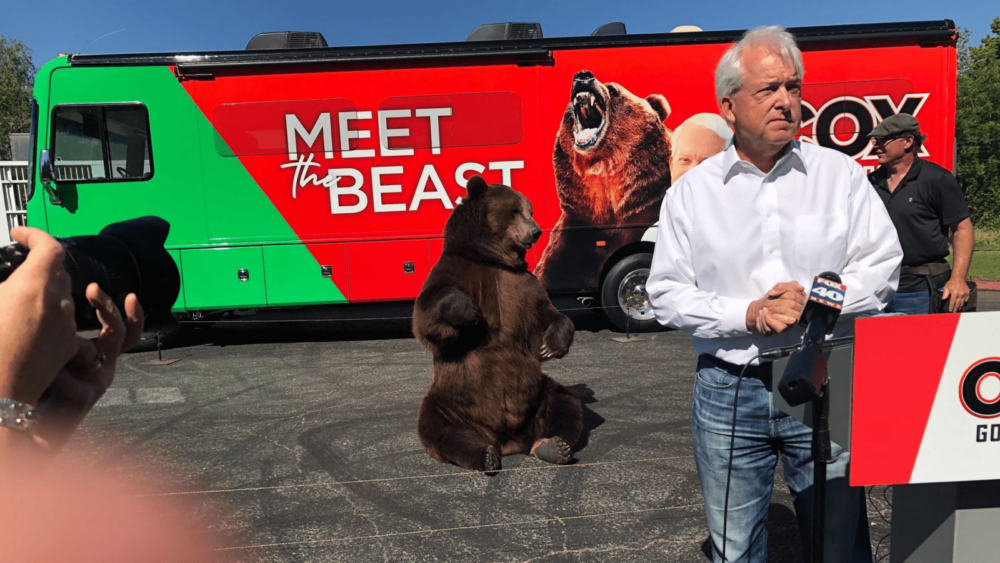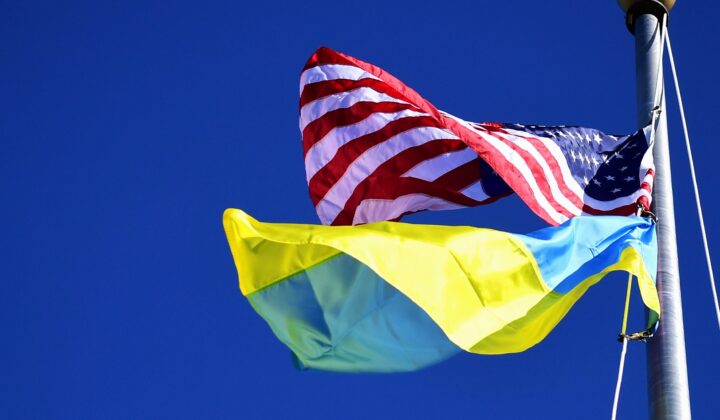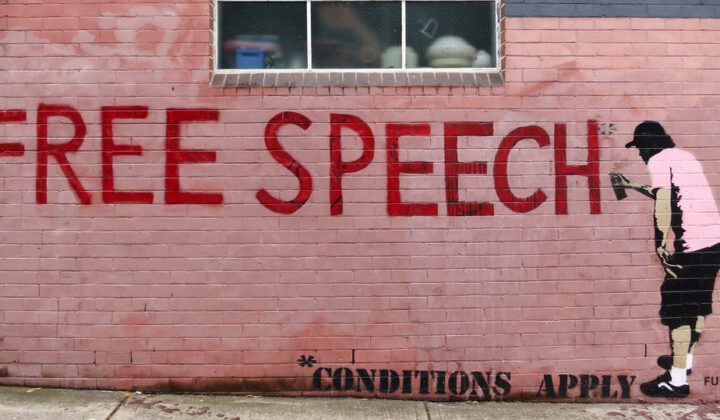Gavin Newsom woke up this morning as governor of California, just like he did last week, last year, and like he probably will every day until at least January 2023. So he’s got to be wondering, what the hell was the last year about?
California’s recall election was a lot of things, but reasonable wasn’t one of them. Did Newsom commit a crime? No. Is the next gubernatorial race far off? No, Newsom is up for reelection next year. Did he have any legitimate chance of being replaced? Well, despite early polling which suggested otherwise, the answer seems to be no. Newsom won in a blowout by a 64%-36% margin––larger than his margin of victory when he was first elected in 2018.
Ignoring the immense cost of running the election ($276 million from taxpayers’ pockets) and the field day that some in the Republican Party had calling the election rigged before it even happened, this election was still an issue.
Unnecessary elections degrade democracy.
Americans like their right to vote. What they don’t like is how often they are called to exercise it. Generally, the more often people are called to the polls the lower the voter turnout. According to the political scientist Arend Lijphart, “The frequency of elections has a strong negative effect on turnout.” Americans are almost unique in the world in that they are “asked to come to the polls between two and three times a year––much more often than in all except one other democracy.”
California reduced the difficulty of voting by mailing ballots to registered voters, but the state couldn’t spare citizens from the electoral fatigue of another polarizing campaign that will spill into next year’s gubernatorial race. For all the stump speeches we hear from candidates promising to unify “the people,” elections are divisive events. Candidates slander each other, posture to rile up their bases, and dump money into attack ads. Newsom raised $70 million, while Larry Elder raised $13 million just between July and August this summer. The subsequent media blitz was scorching. Newsom’s campaign ran an ad describing the recall as “a matter of life and death” while Elder said that Newsom “acted like a tyrant.” Rhetoric like this only unites us against each other.
All the while, Newsom’s ability to do his actual job did not go unscathed. Last month, Newsom held two campaign events in Los Angeles only one day after hosting an event in San Francisco. Even President Biden was devoting time to campaign at an event near L.A. on Monday. Months of campaigning distracted from governing, just before Newsom will launch his actual reelection bid. He was elected to a four-year term by the largest margin in history for a Democratic California governor, but is now serving something like a 3-plus-1-year term.
Making matters worse, the election structure was downright hostile to normal democratic processes. Rather than having all the candidates on a single ballot, the process was two-parted. First, voters had to choose if they wanted to recall Newsom. Second, they had to choose his replacement. In practice, that meant that Newsom could receive millions of votes tallying up to 49% of the total, and he would still be recalled. Then, someone with significantly fewer votes than Newsom could triumph from the second list. This isn’t how democracy works.
Why could this happen in the first place?
California makes it too easy to recall the governor.
Only 19 states allow for the governor to be recalled at all, and just 12 don’t require any cause for initiating that recall. While most states demand that the signatures be collected in under 3 months, 4 states let recall organizers gather signatures for more than 5 months. Unsurprisingly, California is one of those states.
Around 39.5 million people live in California, but fewer than 1.5 million had to sign the petition in order to trigger a recall election. In all, a disgruntled minority could slowly collect signatures to recall the governor without specific cause to do so, and were successful when less than 4% of Californians signed on.
In a polarized political environment, we can expect that this recall won’t be the last––and why not? Californians voted for Democrats this fall at an almost 2-1 margin. Democrats control the State Senate with a 31-9 supermajority, and the State House with a 59-19 supermajority. California Republicans don’t have much power, so obstruction is one of the few outlets they have to affect politics. That reality doesn’t excuse the wastefulness of this whole process, but when the state makes it so easy to recall the governor, it only makes sense that his biggest critics will organize to bring him down. In California, the minority gets to torpedo normal governance for political showmanship.
This past year, California was dragged through a laborious recall, a year after one of the most divisive presidential elections in memory and a year before the regularly scheduled gubernatorial race. Come 2023, Newsom might be back on the campaign trail, resisting a second recall triggered for little reason other than partisanship.
This is no way for democracy to operate. Duly-elected officials shouldn’t be forced into a perpetual campaign, and voters shouldn’t be made to reaffirm their vote for a candidate they already elected to a multi-year term. Now that the election is over, it’s time for the state legislature to bring California’s recall regulations in line with the rest of the country. This recall mistake should be their last.





